Lambda: Black Mesa and the Legacy of Half-Life
By gamer_152 0 Comments
Note: The following article contains major spoilers for Half-Life and Black Mesa and minor spoilers for Half-Life 2.

A Year in Games
Ask long-standing fixtures of video games the best year for the hobby, and chances are their modal response will be "1998". It marks the birthdays of Metal Gear Solid, Ocarina of Time, Spyro the Dragon, StarCraft, Banjo-Kazooie, and Dance Dance Revolution. It also fell within the heyday of the FPS. The first-person shooter was shocked to life with 1992's Wolfenstein 3D, and after that, gamers grew accustomed to the most discerning quality from the genre, spurred on by breakthroughs like 1993's Doom and 1996's Quake and Duke Nukem 3D. By '98, expectations had reached a fever pitch. But that didn't stop the newly-formed Valve Corporation from throwing their hat into the ring with Half-Life.
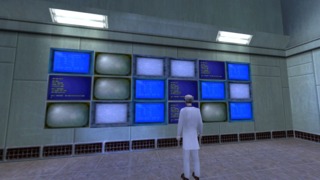
Half-Life had some stiff competition: Tom Clancy's Rainbow Six and the original Unreal muscled in on the shooter territory in the same year, but Valve's submission emerged as, if not more, lauded than both. The firm's name became synonymous with polished, punchy entertainment. Despite a lack of prior shipping, this Washington-based studio was able to develop one of the strongest games in one of the best years for the medium and on highly contested land. Half-Life sold one million copies by December 1999, putting the wind in the sails of the company that would eventually open PC gaming's largest marketplace.
Half-Life is also a bridge between worlds. By 1998, Id's games had made the opening speech for the FPS, providing an infosheet for what a level, weapon set, and enemy compendium should look like. Their games moved at vertiginous speeds that dared audiences to find matching reflexes. Still, six years after the release of Wolfenstein 3D, it wasn't yet clear what would come next. A little further down the line, we'll get the Halo archetype, with its recharging health and forward-thinking weaponry system, but in 1998, that hadn't come to fruition yet. Instead, Half-Life was what was next. It was received as a blessing, and other developers stitched its yarn into their works for a few reasons:
- Half-Life strengthened the connection between players and setting.
- Not content to be just a bunch of rooms with aliens in them, Half-Life introduces unique mechanics and scenarios for levels, with filmic schemes for how we outsmart every big bad.
- Half-Life was making the FPS wow, even at a measured pace. It's hard enough to build a game where expedient movement and non-stop conflict get the audience's pulse racing. To keep them absorbed, even when the gunfire dies down, shows range.
Large sections of Half-Life also kind of suck.
Decay
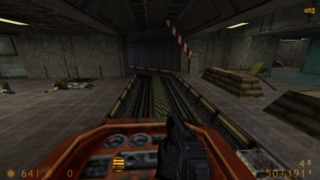
Today, we'd see Valve's level and enemy design as violating The Big Book of Video Game No Nos. You've got two levels (Xen and On A Rail), which even megafans will tell you they hate. I'll save my commentary on Xen for later, but On A Rail blindsides the player with sneaky traps and subsections of it are impervious to navigation. Still, I've never understood why On A Rail is singled out for criticism when the same germs infect other levels. The problems are just, on average, more tightly packed in the minecart stage, which is itself needlessly long. To me, Surface Tension is as bad as or worse than On A Rail, being a drawn-out slog of invisible landmines and Snipers hiding in the battlements. Many of the doors through its canyons are slim fissures which vanish into the mountain edifice.
Half-Life wants to have these branching departments where you backtrack through previous areas to complete newly unlocked jobs, but never quite pulls it off because of its distaste for indicating where you should go next. The game also makes exploration and puzzle-solving obtuse by setting up rooms in such a way that you can't always see the effect of the switch you're flipping. And while Valve has a vibrant encounter palette to draw from, sometimes they just dump a bunch of Headcrabs on the floor and say, "This'll keep you occupied. I'm going for a smoke". For a long time after Half-Life's release, there was plenty of room for improvement to the game. Plenty of room for Black Mesa.
Retrofitting
Half-Life is a vehicle for Gordon Freeman, a doctor of physics at the Black Mesa Research Facility in New Mexico. When an experiment at this underground base opens up a portal to another universe, bloodthirsty aliens pour through and spare no time slaughtering the Black Mesa scientists. Freeman, the only surviving researcher from the experiment, gets his hands on an arsenal and must run the gauntlet of an alien invasion to reach the surface and safety.
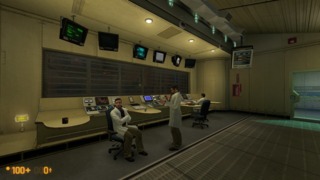
Crowbar Collective is an international group of game developers who coordinate through the internet and got their start in the industry as hobbyists.[1] They released their remake of Half-Life, Black Mesa, in 2020, after its early access probation. From about 2019 to today, we've been living through a golden era of remakes. You have the new Resident Evils, Demon's Souls, Final Fantasy VII Remake, and Tony Hawk's Pro Skater 1 + 2, to name a few. In the games industry, development budgets and standards keep ascending, and they haven't found a ceiling yet. Where companies would once upscale an old game of theirs and acquaint it with new hardware, some are now rebuilding them from the ground up, which is how Black Mesa was made. But Black Mesa is anomalous materials.
Crowbar started hammering away on their remake in 2004, long before the current generation of such revivals, and they don't even own the game they're remaking. Black Mesa is the sole example I can think of of a AAA game made by a small indie studio, and was only possible with the backing of Valve.[1] Not to suggest that any big games corporation is the "good guy", but it is remarkable. Nintendo's over there sending DMCA takedowns to tiny fan games based on their properties, while Valve saw modders rebuilding a product they'd sold over 9 million copies of, and their response was to cut them a licensing deal.
Another exception Black Mesa found to industry rules: it heavily modifies the gameplay of its subject. In these video game remodels, design is often not considered up for reappraisal the same way that graphics are. This is both because tweaking mechanics can require more fundamental technical changes to a game and because of our extraordinary reverence for the sequences of nostalgia fodder. Crowbar's wisdom is in their brilliant discernment between what of Half-Life has aged like wine and what has aged like milk. The studio has enough love of the game to make it feel like 1998's bloody industrial demi-horror. However, they don't let sentimentality cloud their judgement when it comes to separating the wheat from the chaff. For example, consider how the Collective treats characterisation and setting.
Black Mesa
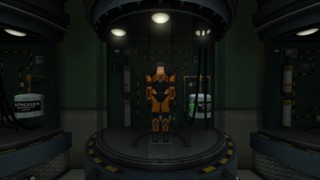
Half-Life was praised in its time for its unconventional choice of protagonist. It has also been the target of gentle mocking due to a perception that it's taken a generic action game protagonist, written "PhD" on his chest in Sharpie, and pretended he's an academic. Admittedly, there are long stretches in which the shooter's only salute to Freeman's career is you occasionally bumping into whitecoats who'll fire off a "Ah, a fellow scientist". It's also tough to justify why Freeman is more proficient with a gun than the hundreds of marines in Black Mesa. Half-Life gives us the ID card of a physicist, but we meet other physicists, and it's clear Gordon is a different breed.
On the other hand, you clearly embody someone who knows the ropes of this compound, and you play out plausible actions for a person with scientific and engineering knowledge. You launch a satellite, power up a nuclear reactor, and switch gauges on the facility's tramline. If that's not roleplaying a scientist, I don't know what is. While Duke 3D's interactive sinks and toilets were considered revolutionarily responsive environment in 1996, '98's Half-Life has a level where routing power, fuel, and oxygen into a control room lets you turn on a rocket booster to kill a giant tentacle alien. It's these scenarios that make Black Mesa able to stand out as a location and ensure each level is a dedicated mission with its own parameters.
Even the purely observational tram ride in the first chapter is about establishing a laboratory where new technologies are actively being produced, and all the cogs are turning each other. A robot arm welds a metal grill, eggheads studiously monitor computer equipment, and a vat of industrial waste leaks into a pool of the same. This chapter exists to give us an idea of the types of sparking industry we'll be exploring during the game and the long days of button-pressing we'll commit to here. We also get to see a fleeting glimpse of the New Mexico desert, both letting us situate Gordon's workplace in a larger location and teasing the midgame.
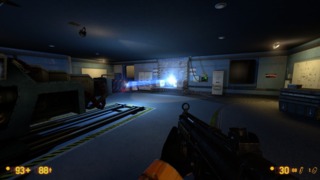
In comparison to the metal album environments of the shooter classics, Half-Life's techno-setting is positively down-to-earth, even if its enemies aren't. Such is the nature of an invasion. Half-Life can coach a relationship between the player and this workplace largely through its platforming and puzzles. Not a lot of science gets done with a machine gun, but it does get carried out with physical mechanisms and interfaces. So, it's when Half-Life has us thwart laser shielding, electrify Tesla coils, and brave the interior of a centrifuge that we become Doctor Freeman, physicist. With the shooting alone, we can't enter into conversation with Black Mesa as a research facility. With the engineering, we can.
That spirit of physics is even more present in Black Mesa, which believes that if we're a physicist, we should be thinking about weights, charges, and trajectories. It adopts the Source engine in all its thrust and dynamism, adding turrets that deactivate if you can tip them over, a bumper pack of rewiring puzzles, and a Shotgun that can knock enemies off their feet. I'll talk more about Black Mesa expanding Half-Life's physics motifs in the future. But weapons and enemies carry between levels, so to get a ground-level comprehension of what makes Half-Life Half-Life, let's study what we're firing and who we're firing at.
Lab Equipment
We're not going to cover all the weapons in the locker, but there's one that we have to talk about above all others: the Crowbar. The rule of thumb for video game bludgeons is that you get one strike for every time you press the "thump" button. But the Crowbar stays swinging for as long as you hold down the left-click, and at a frantic speed, too. It feels desperate to interact with the environment, and who are we to deny it? Black Mesa's contribution is to make its clangs less ear-splitting when it does find a surface.
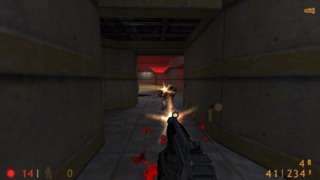
Our entry-level gun, the 9mm Pistol, is not just a practical accessory but also becomes a generic "interact" button as we head further into the game. We can, for example, use it to flip the switches in On A Rail or detonate the mines in Black Mesa's version of Surface Tension. We're afforded more firepower by the Submachine Gun. The SMG would be fun enough as just a geyser of bullets, but its secondary fire, a grenade launcher, puts it over the edge. It may not prime explosions as large as the Hand Grenade or Rocket Launcher, but it can fire faster and hold more ammo than the Rocket Launcher, and its projectiles detonate faster than the Grenades do. You also don't need to switch away from the SMG to use that secondary. It is Christmas in a metal casing.
I wish I could get as excited about the original Shotgun. In Half-Life, you cannot afford to open yourself up to attacks unnecessarily, but the Shotgun demands you get up in the face of enemies to deal damage. Afterwards, it leaves them standing to continue assaulting you. Black Mesa's Shotgun is more ruthless in its butchery, and its operating range is less ambiguous. The remake also allowed me a besotted reunion with one of my favourite video game implements: the Half-Life 2 .357 Magnum. It is effectively a sniper rifle without a scope. Slow but devastating, with an unsparing ammo count, it is a testament to the steady aiming of the Source shooters.
There are two weapons I never find myself using, and those are the Hivehand and the Snarks. They both sound killer: the Hivehand shoots homing venomous insects, and the autonomous Snarks tear at anything that moves. So, you can damage aliens around corners and have bugs fight your battles for you. But the hornets are imprecise and take too long to reach a target. It is a disqualifying flaw in the original Half-Life, where you need to dispatch foes at the drop of a hat if you don't want to get vaporised by them. Meanwhile, the Snarks are as happy to nip at you as a Vortigaunt or Soldier.
Research Assistants
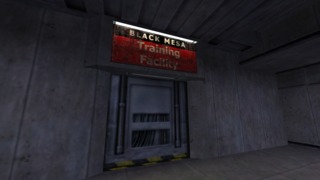
With all this talk of Half-Life's narrow permission for errors, you might conclude that it features fewer crutches for the player than its modern counterpart, Black Mesa. Surprisingly, it's the 1998 shooter that's fitted with auto-aim and a tutorial level, while the 2020 remake is free of both. It's not that Black Mesa is less obliging to the player; it's that rather than serving player aid on a side plate, it bakes it into the game as a whole. Black Mesa follows Half-Life 2's philosophy of making education one of the goals of its level design, teaching players how mechanics work organically rather than bluntly instructing them on what to do when. That the player must work out to crouch to pass through a door or shatter a barricade with their Crowbar means that they cannot let these techniques wash over them without absorbing them. They have had to actively think about how to apply them, and it's application that makes a lesson stick.
As for the auto-aim, in Half-Life, a few missed shots could give the enemy the opening they needed to smear your organs over the walls. The assisted targeting makes sure they don't get that chance. Although, even then, the auto-aim can be inaccurate at long distances, and the demarcating line between short and long distances is never explicitly established. In Black Mesa, flubbing a shot here or there is not the end of the world, so the game does not need a system that guarantees you can hit targets up to a couple hundred meters. I think people who want games to aggressively scrutinise their skills are frequently uncomfortable with the idea of enemy attack power being diluted, but here's an example of a developer doing that and it making the play more skill-dependent.
Everything Xen
More than any other enemy, it's the Headcrabs that bear the brunt of our equipment. Headcrabs are the first and most ubiquitous enemies of Half-Life, with memorable gameplay and monster designs that made them an anti-mascot for the series. Flat, parasitic creatures that can clamp down on a skull and pilot a dead body around, they're like cordyceps on an ant. But the Headcrab can only leave a scratch on you, and the Zombies they create move at a hobble. So, both are suitable opponents, even for a player who's just getting to grips with the game or genre. Because each parasite and host aren't too cumbersome to fight off, Valve can also add them to a great number of encounters without worrying it will push those beats above the acceptable threshold of difficulty.
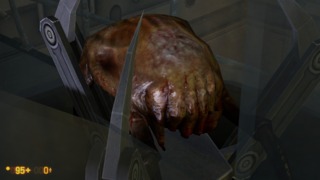
Technically, the Barnacle gives the player less guff as it's a stationary enemy. But because Barnacles are sedentary and often avoidable, they don't create an action atmosphere, and so, cannot support a lot of combat on their own, whereas the Headcrabs can. Similarly, the mild threat Headcrabs and Zombies pose also means that designers don't have to spawn them in a space where players have a lot of cover, and the tiny Headcrab can fit into almost any size arena: even an air vent. Again, that means more stations for them to guard.
Despite its wimpy bite, the Headcrab is perfectly optimised to induce panic because it goes right for your face, and even if you do manage to sidestep one of these screeching pests, now it's behind you, and you don't know exactly where. If you've ever seen a spider in your bedroom, looked away, and then looked back to find it gone, you'll know this dance. The Shotgun is pure Heacrab's bane: a weapon with a wide spread is just what the doctor ordered when you have a tiny animal flying at your face like a speedball and no time to aim. But a Shotgun takes a second to cock and isn't blessed with the largest magazine. It inevitably creates stressful scenes where you're praying you can load shells into the chamber before the parasites get within striking range. The Pistol is a more economical solution to Black Mesa's infestation, but you can be lulled into a false sense of security, thinking you'll chip away at a Headcrab meters off, then before you know it, it's right on top of you, and you're madly blasting the handgun at it.
The Heacrab synthesises brilliantly with the other enemies. Try to shoot Headcrabs that get behind your back, and you take your eyes off another potentially more rotten foe. Similarly, those other enemies can distract you from the crab, only for it to sink its teeth in when you least expect it. In a disturbing setpiece in Office Complex, a Headcrab Zombie is trapped in front of a flashing computer screen, seizing. As an actor in the play, the Zombie is deeper than you might think. In Black Mesa, it obeys the HL2 rules wherein its Headcrab will detach and try to sick you if you kill it with body shots, but there'll be no such drama if you can nail it in the head. Even twenty years after Half-Life 2, the idea of a weak point not modifying damage or pushing the enemy into another state but changing whether or not they spawn a secondary enemy is novel.
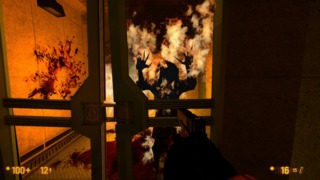
Early in the game, the Zombie's slow speed allows a player less attuned to FPSs to practice positioning and aiming without needing to move constantly. Later enemies that can fire and are light on their feet, like the Vortigaunt or Houndeye, ask the user to develop a skillset to match. The Zombie's leisurely shamble can sometimes be its deceptive strength. When in a room with it and other enemies, you may choose to prioritise gun-toting monsters more distant than the Zombie because the undead can't hurt you until they can touch you. Yet, as with the Headcrab, if you put them out of your head for too long, you'll be lacerated. I wish enemy types intermingled more because the synchronicity between them can be stupendous.
One creature that doesn't play well with others is the Icythosaur, which, having made its home in Black Mesa's opaque waters, turns every river and canal you enter a mystery box which may or may not contain one of these giant piranhas. It's a classic survival horror guessing game: if the designer creates the possibility, but not the guarantee that a monster could appear in a number of areas, an atmosphere of terror settles over the entire game. Yet, because the player is not actually encountering the villain every time, they don't become desensitised or exhausted. For land aliens like the Bullsquid and Vortigaunt, all empty space becomes a monster closet as they can teleport in wherever they please.
The Icythosaur swims in a serpentine motion, except when it charges at you, lining itself up to leave a huge bite mark in your HP. Its lunges are breakpoints where you might be about to penetrate it with a Crossbow bolt, but you might also be about to get ripped limb from limb. The Icythosaur-Crossbow dilemma is a variation on a popular pattern in shooters, one you can find elsewhere in Half-Life: The moment during which an enemy is a sitting duck is also the point at which they have the strongest defensive capability. Throughout Gordon Freeman's war, you will see enemies like Vortigaunts, Bullsquids, and Grunts that will alternate between moving but not firing and firing but not moving. So, they frequently relocate to keep the combat changing and also provide continuous challenge while altering the nature of that challenge.
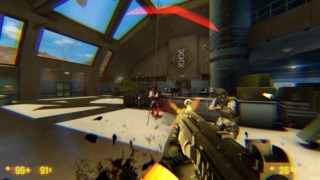
The enemy that sees the most improvement between Half-Life and Black Mesa is the Soldier. In 1998, gamers raved about Valve's intelligent military NPCs, and the trick here was as much their dialogue as their programming. They will verbalise their upcoming moves and seemingly report to each other if they have or have not found Freeman. Without their audio barks, they wouldn't seem to be strategically coordinating against you. With the dialogue, they come across as a living network. And then there's that spice the troops add to the combat by throwing Grenades. You get flushed out of cover, forced to show quick wits by finding a new hiding place.
So, what's the problem? Well, for one, you can't afford to be out in the open much due to bullets can go in you. And if you're in a Soldier-heavy encampment like On A Rail, there's not a lot of refuge to seek after you flee cover. So, you're at a strategic loss and don't get a lot of interesting choices when a frag lands next to you. But you'll find the real sore spot when you open fire on the Soldiers: they're meat shields. In Half-Life, they can take a volley of SMG bullets before they die, just crouching there and spurting blood. With such resilience, they don't register as human, and their lack of reaction causes our weapons to feel ineffectual. In the gameplay, they're hardy, trigger-happy, and stand in the open, which means that it often feels like there's no option to defeat them but sucking down damage, and the player should always have an alternative to failure. Black Mesa's decision to simply debuff the soldiers pays surprising dividends.
While the Marines are the most annoying about it, any enemy can pose an inappropriately outsized risk because this shooter uses a static rather than recharging health system. I dissect recharging health mechanics in more depth over here, but the bottom line is that if the player can enter the same room with 1 health or 100 health, a level's difficulty can deviate wildly. Half-Life is as good an example as any of how you can feel like you hit a brick wall in an action game because you entered a room with red HP, and there are no first-aid kits nearby.
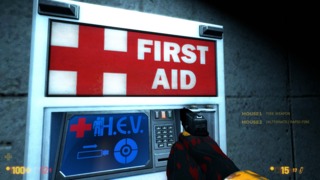
As a game fitted with the same health mechanics, Black Mesa can't entirely avoid replicating this flaw, but it does a lot to loosen your belt. Full of Wolfenstein-like secret compartments of ammo and health, it can better regulate the degree of challenge while rewarding your exploration. However, breaching a plentiful supply hamper is always a double-edged sword. On the one hand, you're better equipped for battles in the near future. On the other hand, if the game thinks you need that concession, you've got a tough fight ahead of you.
Integral Functions
With these supply drops squirrelled away in the stages, you can see that while we can discuss enemies and items in isolation, it's when they stand against the backdrop of a level that we get their full effect. You can't understand the total horror of the Headcrab until you're stuck in a vent with it. The case is best made for the Crossbow when you have soldiers holed up on the other side of a courtyard, and you need to neutralise them without exposing yourself. Therefore, if we want to discuss weapons and enemies, we also have to analyse level design. But I'm afraid this is where I get off. We've covered a lot of ground today, enough to constitute a full blog. Next week, not only will we trawl the ruins of Black Mesa, we'll gaze upon the creatures on the other side of the portal to Xen, and that's when Half-Life gets really ugly. Until then, goodbye and thanks for reading.
Notes
- Black Mesa: The 16 Year Project to Remake Half-Life by Noclip (March 15, 2022), YouTube.
All other sources are linked at the relevant points in the article.

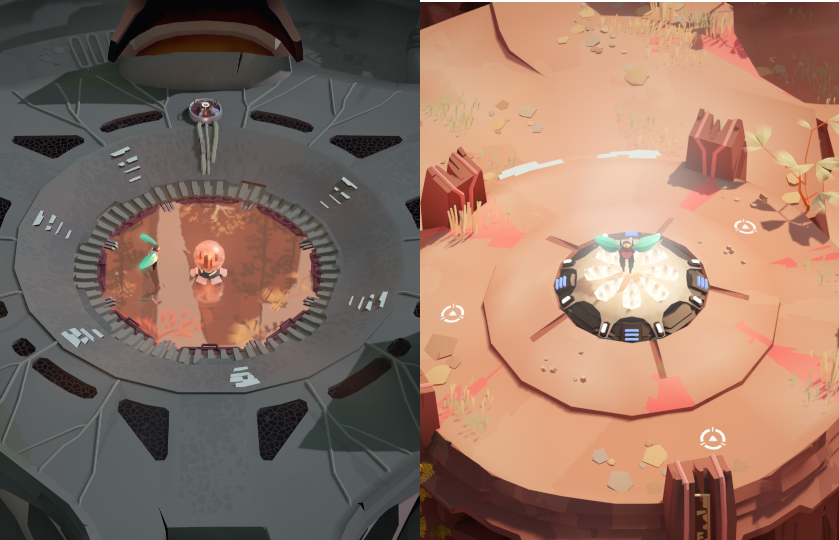
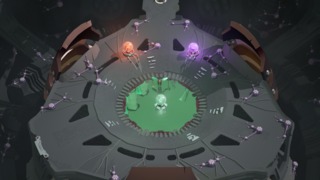

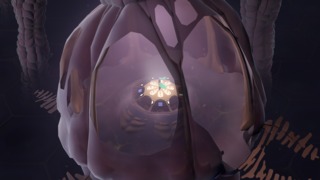
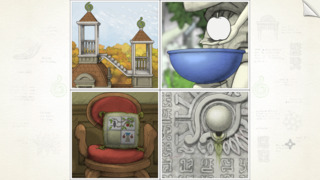
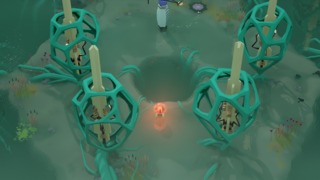
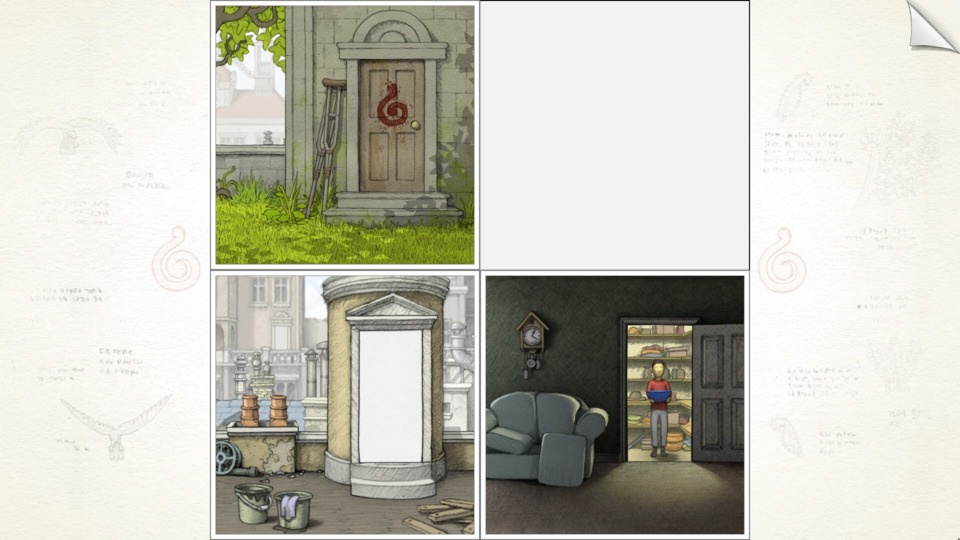
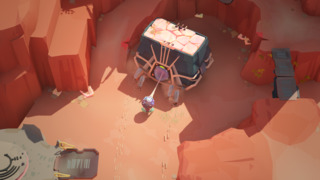
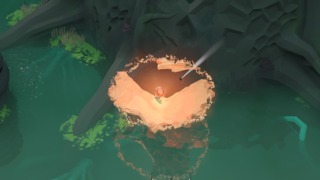
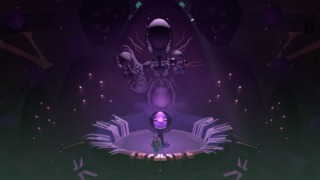
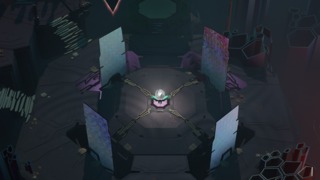
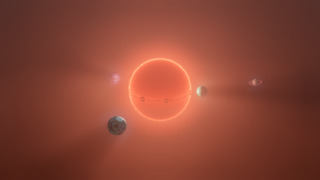

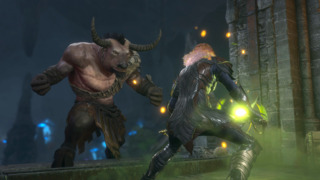


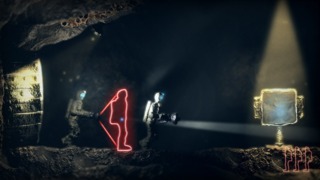
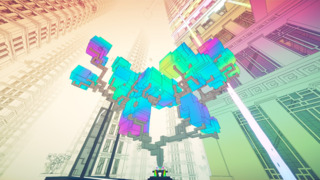


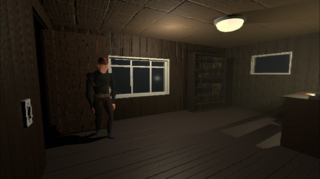

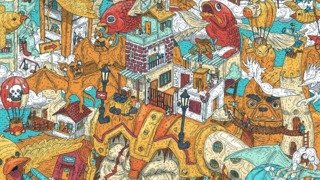
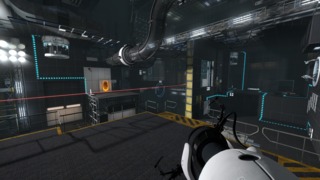

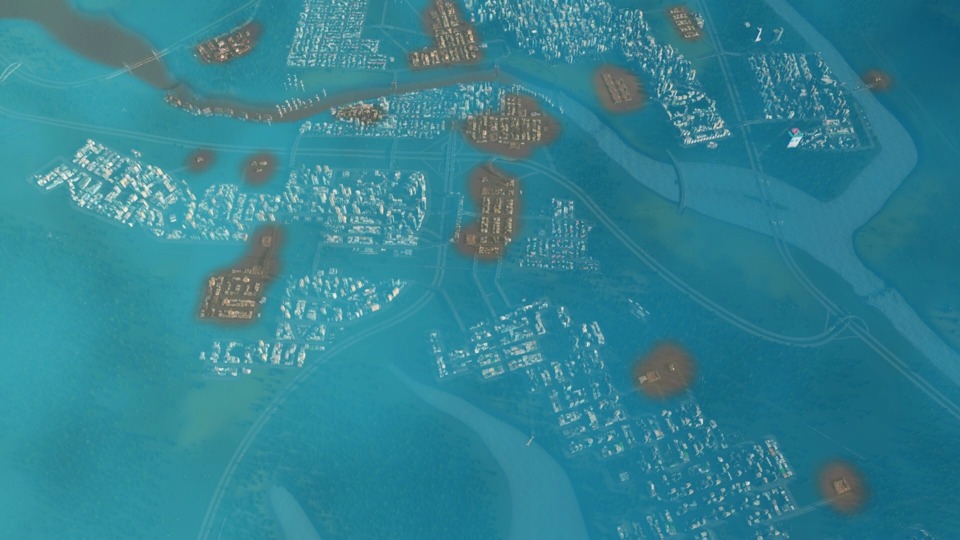
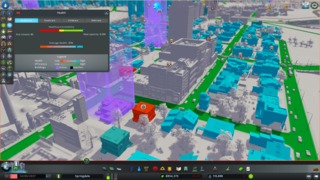
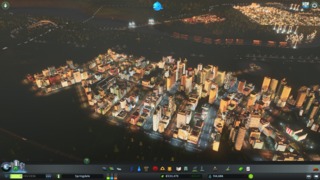
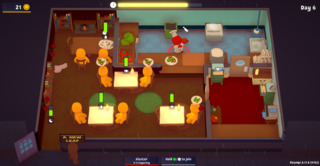


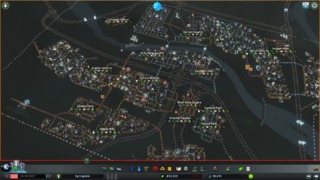

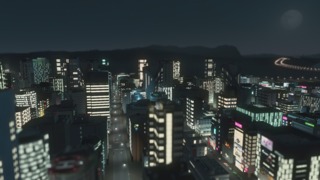
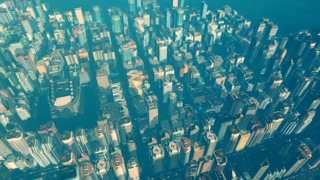



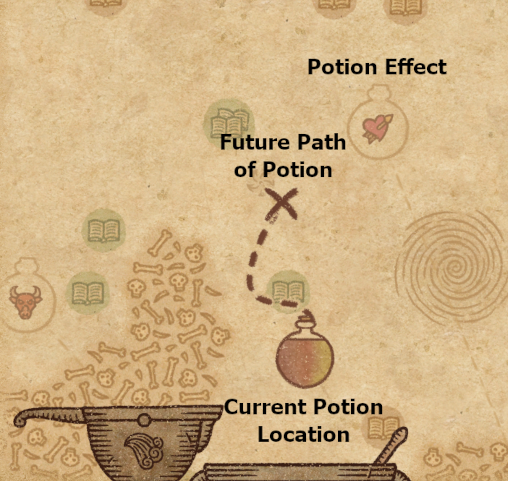


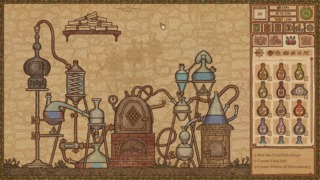
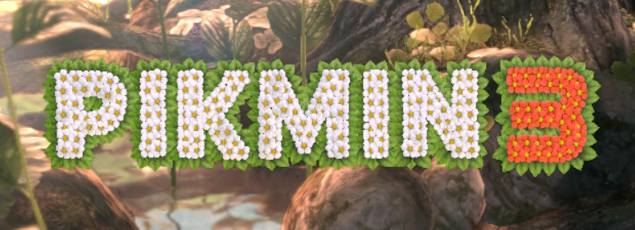
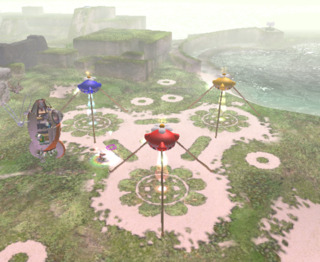
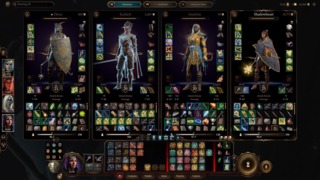

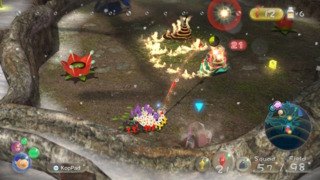
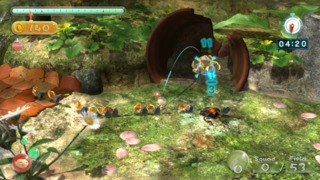
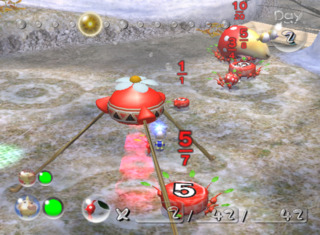
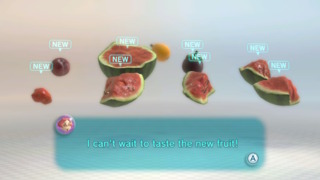


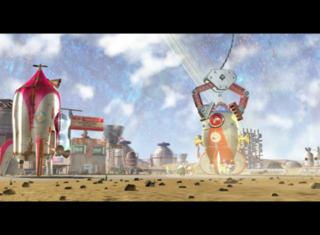
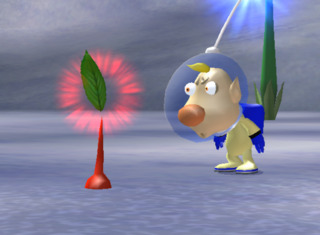
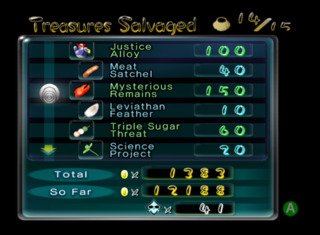
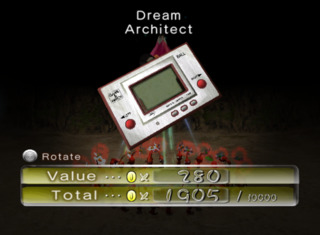
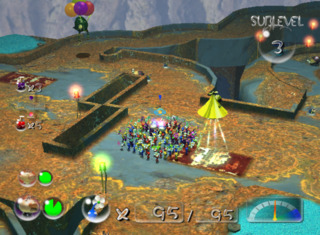
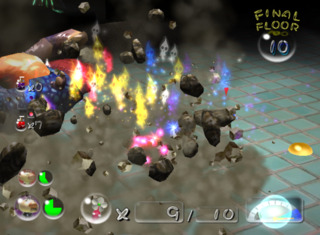
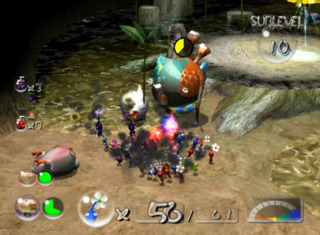
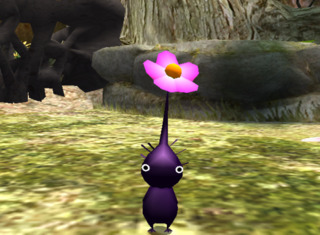
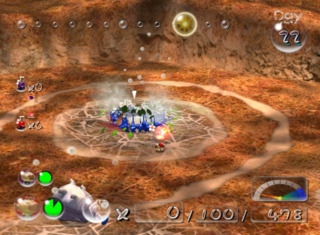
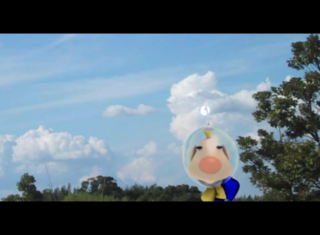



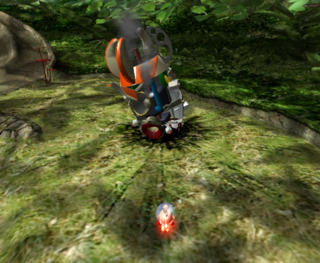

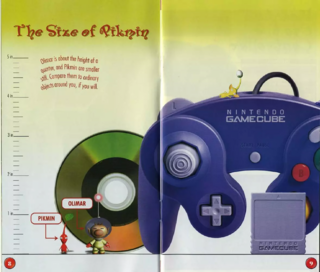
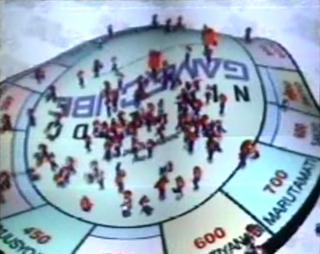
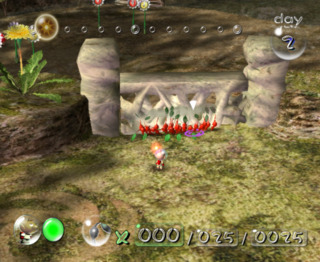
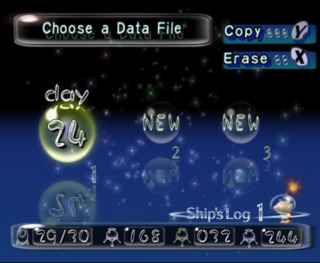
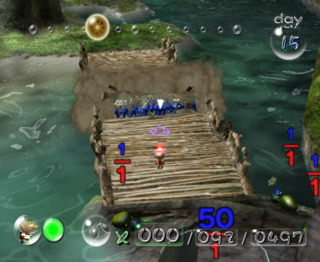

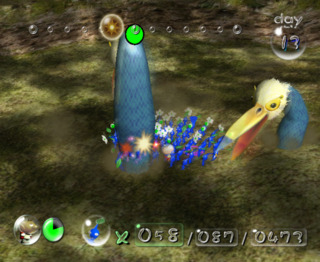
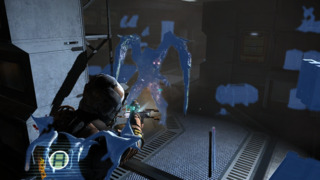

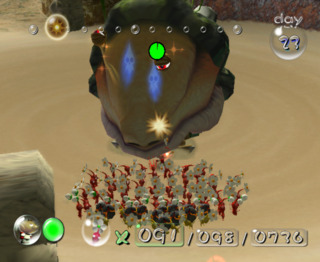
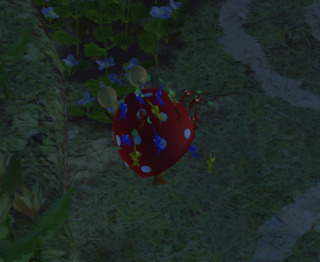
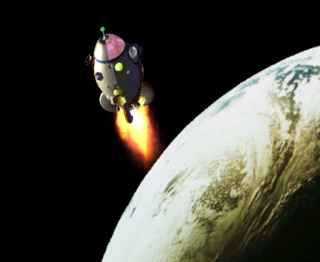

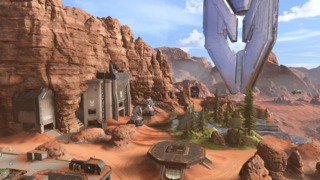
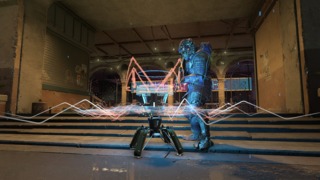
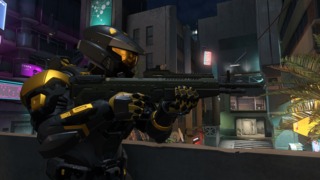
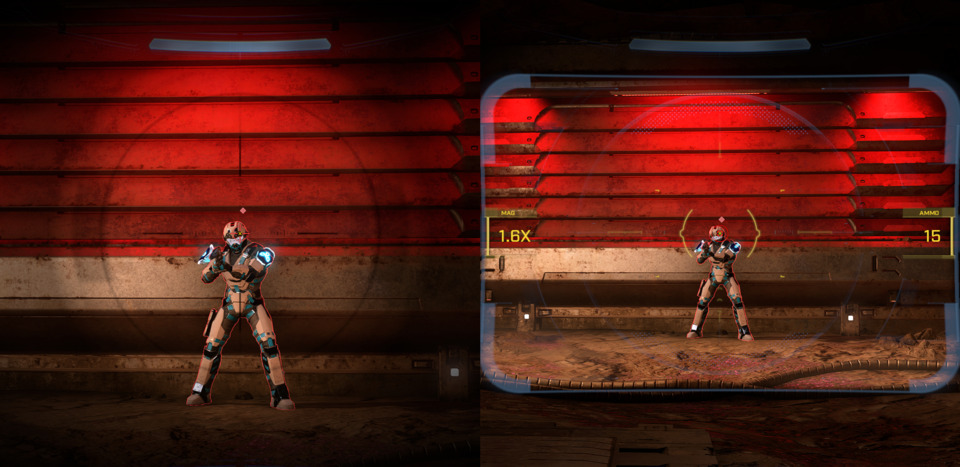
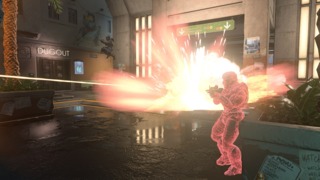

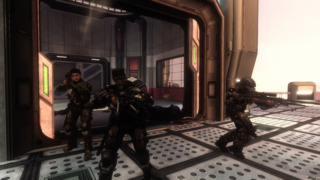
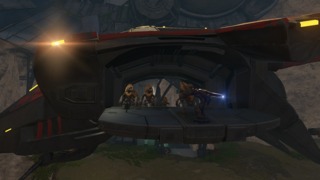
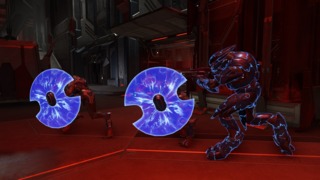
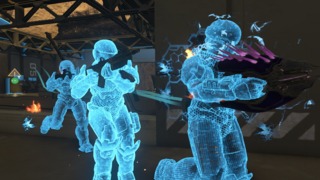
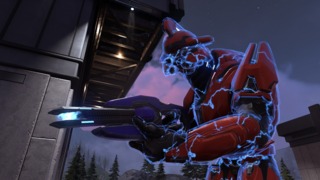
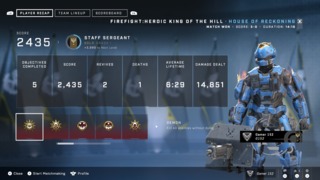
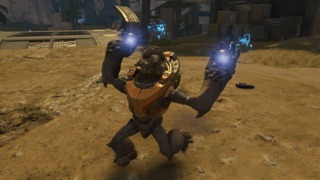
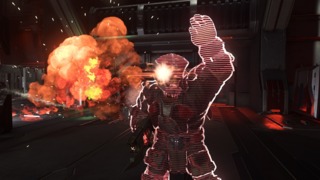
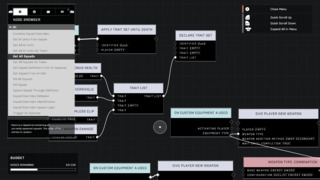

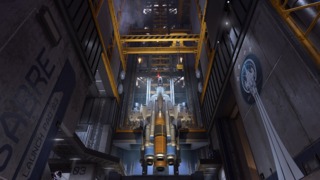
Log in to comment